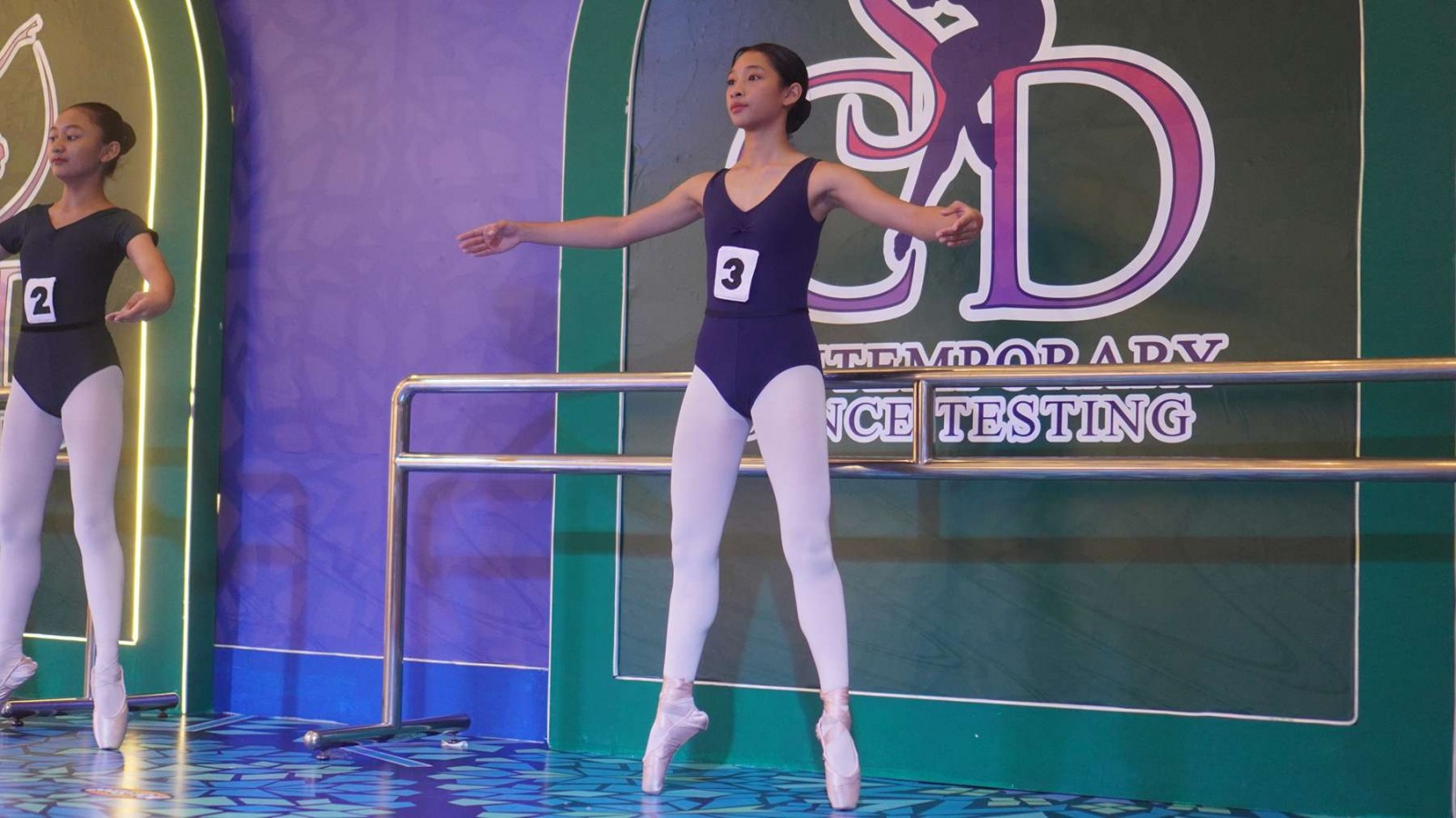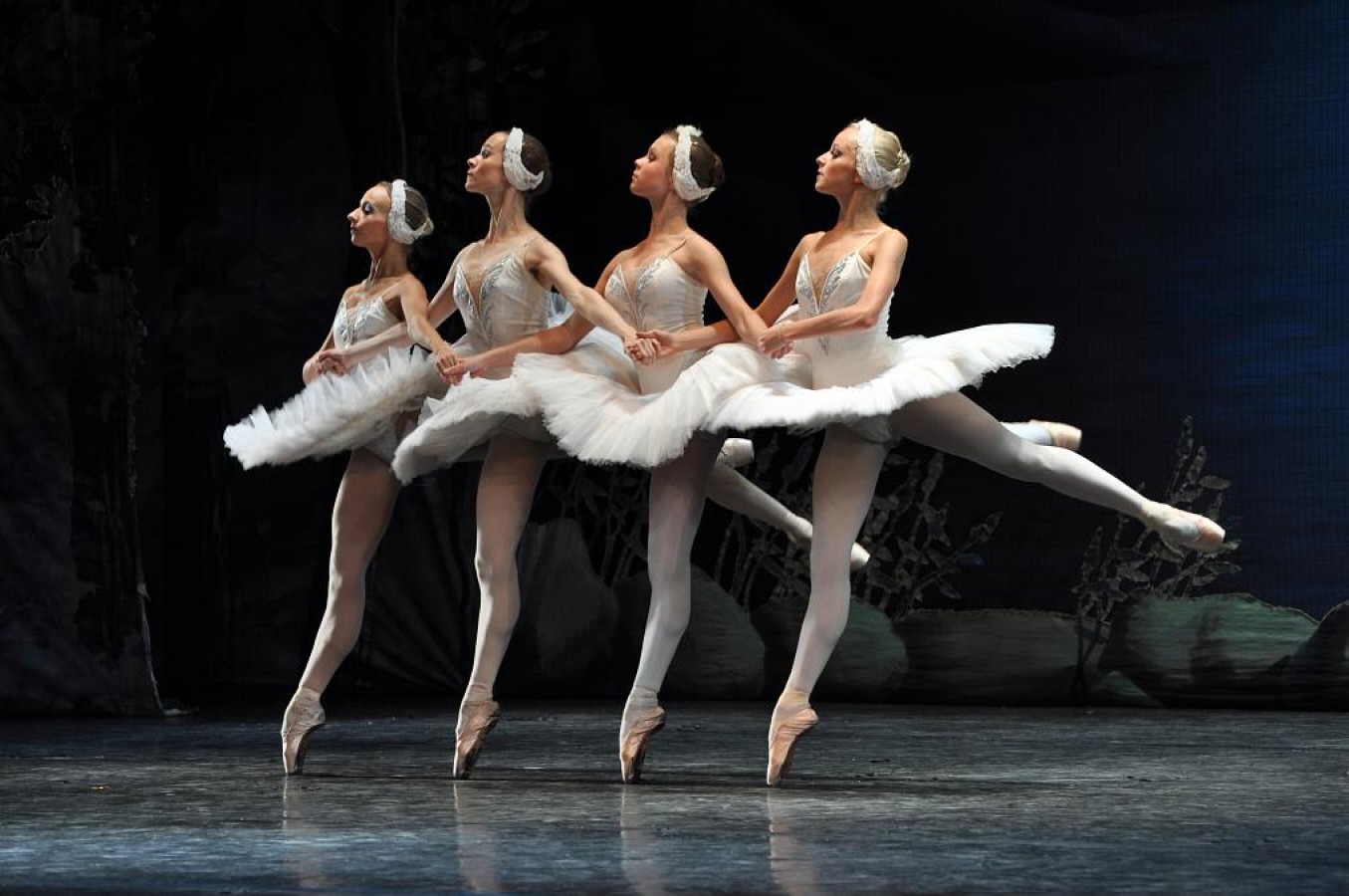Is Ballet a Sport? Exploring the Art and Athleticism of Ballet

When you think of ballet, you might picture graceful dancers moving elegantly across the stage, performing intricate movements to beautiful music. While ballet is undeniably an art form, the question arises: Is ballet a sport?
In this article, we'll dive into the unique combination of artistry and athleticism that makes ballet a captivating form of movement, exploring why many consider it both an art and a sport. Let’s take a closer look at the rigorous training and physical demands that set ballet apart from other performing arts.
What Qualifies as a Sport?
To answer the question, "Is ballet a sport or an art?", we first need to define what qualifies as a sport. According to the Oxford English Dictionary, the word "sport" is described in a few different ways:
1. Diversion, Entertainment, or Fun
This definition suggests that sport is something people do for enjoyment and relaxation. It doesn’t always have to be competitive but it can simply be a fun activity that offers entertainment and a break from daily routine.
2. Success, Pleasure, or Recreation Derived from an Activity
This implies that sport is something that provides pleasure or recreation. While it might not always involve competition, the focus is on the enjoyment and benefits people get from participating in a physical activity.
3. Physical Exertion and Skill
The most traditional definition focuses on the idea that sport requires physical exertion which is using your body in a way that demands strength, speed, coordination, or endurance. It also involves skill, meaning that the activity requires practice and mastery.
4. Competitive Activities with Set Rules or Customs
This is where we usually think of sport: activities that are regulated by rules, often involving competition.
Whether it’s team sports like soccer or individual sports like swimming, this definition highlights the importance of structure and rules in defining a sport.
5. A Theatrical Performance
Interestingly, the dictionary also once defined "sport" as a “theatrical performance.” This shows how some activities, even those that involve performance or expression, could be considered sports if they include physical effort and skill.
What Qualifies as Art?
To understand what qualifies as art, it’s important to look at how the word "art" is defined. According to the Oxford English Dictionary, art is generally described in the following ways:
1. A Skill (and) Its Display or Application
Art involves the use of skill, which can be seen in the way the artist applies their talents. Whether it's painting, music, or dance, art is the result of someone applying their skill in a particular medium to create something meaningful.
2. The Application of Skill to Subjects of Taste
Art is also described as “the application of skill to subjects of taste,” which means it’s not just about showing technical ability. It’s about creating something that resonates with others, whether it's through beauty, emotion, or expression.
3. The Application of Skill to Imitation and Design
Art can also involve imitation (such as mimicking real life in a creative way) or design (creating something with a specific purpose or aesthetic).
This could apply to visual arts like painting or sculpture, but also to dance and theater, where performers design movements or performances that convey meaning or imitate life in some form.
The Physical Demands of Ballet
Ballet is often seen as a graceful and elegant art form, but behind the beauty of every movement lies an incredible amount of physical effort. Ballet requires a lot of physical strength, flexibility, endurance, and coordination.
Here’s a breakdown of the physical demands ballet places on the body:
1. Strength
Ballet demands great muscular strength, especially in the core, legs, and feet. Dancers need strong muscles to maintain stability, balance, and posture, particularly during challenging movements like pirouettes or en pointe work.
A professional ballet dancer has greater hip strength and is capable of higher vertical jumps than non-professional dancers, showcasing the power required for ballet.
2. Flexibility
Flexibility is another critical aspect of ballet. Dancers need to be able to stretch their bodies into positions that seem almost impossible.
This flexibility helps with executing graceful movements, such as splits or high kicks, and also reduces the risk of injury. Professional dancers often have a higher degree of flexibility due to rigorous stretching routines that they maintain throughout their careers.
3. Control
Ballet is not just about strength and flexibility, it’s about control over the body. Dancers must be able to move with precision and fluidity, especially in performances like the "Waltz of the Flowers" in Swan Lake, which requires standing en pointe for long periods.
Control also comes into play when performing complex sequences with many spins or jumps, like the famous 32 fouettes, where dancers need to maintain their balance and technique while turning repeatedly.
What Science Says About Ballet as a Sport
Science has also weighed in on whether ballet can be considered a sport. According to the Journal of Strength and Conditioning Research, a sport is defined as an activity that improves muscular strength, power, endurance, flexibility, and agility.
Based on this definition, ballet checks all the boxes. Ballet dancers show increased muscular strength, power, and endurance similar to traditional athletes, and their training enhances flexibility and agility as well.
The key difference, however, is the motivation behind their practice. While athletes train for both fitness and technique, ballet dancers primarily focus on perfecting their technique, with physical conditioning sometimes seen as a bonus.
They may take specific conditioning classes to help achieve certain dance moves rather than simply for physical fitness. Despite this, the intense physical demands of ballet make it comparable to many other sports.
Ballet Builds Muscular Strength
Ballet is not just an art form, but it also builds significant muscular strength. Studies also highlight that ballet requires mesomorph body types—those with naturally lean, strong, and athletic builds.
This is because ballet demands rapid muscle development, endurance, and strength to handle its physically challenging routines. Ballet is brutal on the body, requiring intense fitness to perform at a high level.
Dancers also need mental toughness to push through fatigue, similar to other sports. So, when you focus on its physical demands, ballet clearly shares more similarities with sports than with just dance.
So, Is Ballet a Sport?
Ballet is both an art and a sport. It is a beautiful form of expression, but it also requires immense physical strength, endurance, and dedication, much like any other sport. The rigorous training and physical demands of ballet suggest that it qualifies as a sport, even though its artistic side makes it unique.
If you're looking to explore the world of ballet and want to experience its elegance and strength firsthand, Rockstar Academy's ballet classes are the perfect place to start.
At our Sports & Performing Arts Academy, we offer expert instruction that combines the artistry of ballet with the physical demands of ballet stretching, helping you improve your flexibility, strength, and grace.
Whether you're a beginner or looking to refine your technique, our classes provide a structured approach, including participation in RAD Ballet testing, Ballet & Contemporary Dance Recital, Elite Championships and RockOlympics to track your progress and develop your skills further.
And the best part? We offer a free trial class so you can experience our ballet program firsthand, with no commitment. Come join us and see how ballet can transform your body and mind!
FAQ
Is ballet a sport or dance?
Ballet is both a sport and a dance. It requires physical strength, endurance, and skill (like a sport) while also being a form of artistic expression (like a dance).
Why do people think ballet isn’t a sport?
Some people think ballet isn't a sport because it focuses on artistic expression and doesn’t always involve competition, but it still demands intense physical training and strength, similar to other sports.



